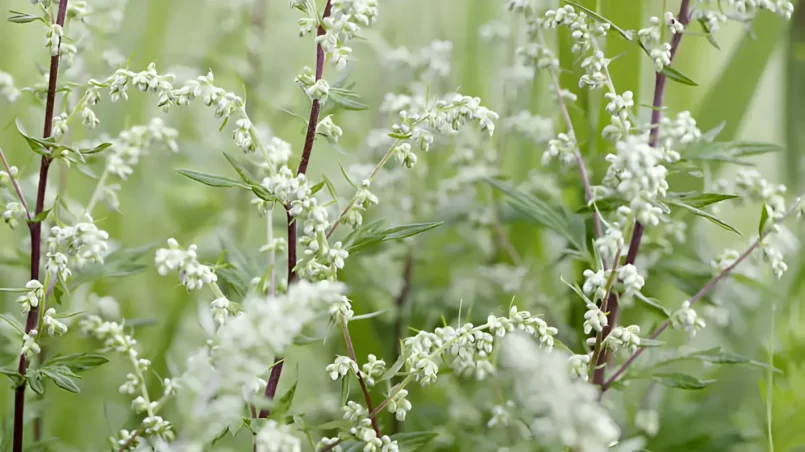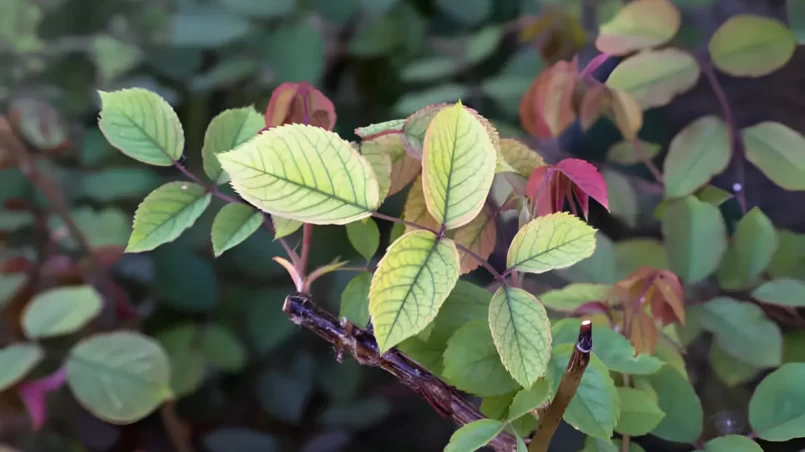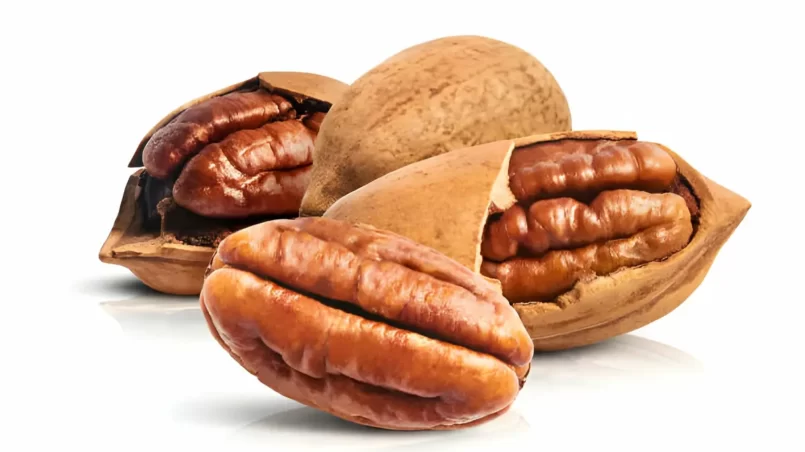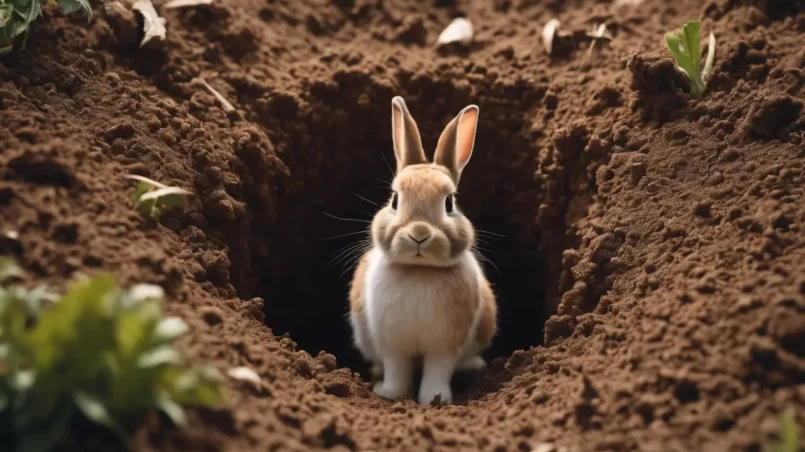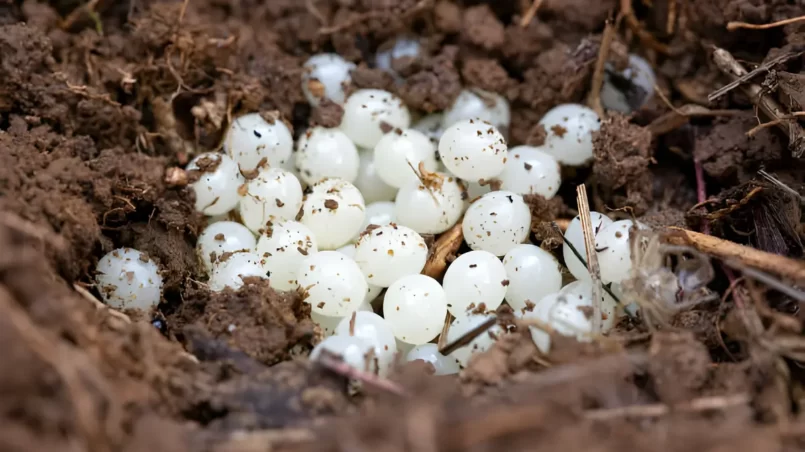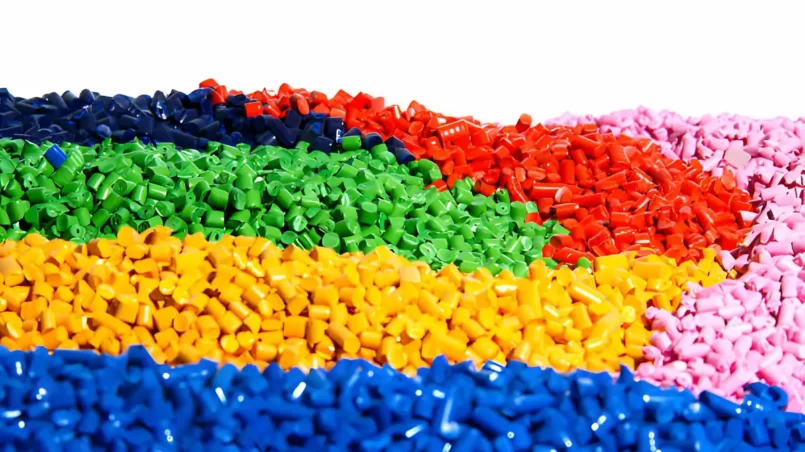Mugwort (Artemisia vulgaris) is a perennial plant with a rich history in herbal medicine and folklore. Native to Europe, Asia, and parts of Africa, it has also become naturalized in North America. Mugwort thrives in a variety of habitats, often found along roadsides, in fields, and forest edges. This introductory section will explore mugwort’s historical significance and its common regions and habitats, setting the stage for understanding this versatile plant. Identifying Mugwort: Key...
Magnesium, often overlooked, is a crucial nutrient for plant health and vitality. It plays a central role in plant biology, particularly in photosynthesis, the process by which plants convert light into energy. While it shares importance with other essential nutrients like nitrogen and potassium, magnesium’s unique contributions are vital for optimal plant growth. This section will delve into the role of magnesium in plant health and highlight its significance in comparison to other...
Hickory nuts, the fruits of the hickory tree, are a hidden gem in the world of nuts. Belonging to the genus Carya, these nuts have been a part of human diets and cultures for centuries. Native to temperate regions, especially in North America and parts of Asia, hickory trees are known for their hard wood and flavorful nuts. This section will introduce you to the world of hickory nuts, providing a glimpse into their history and the diversity of hickory tree species. Identifying Hickory Nuts:...
Rabbits are a common sight in many natural and suburban landscapes. Understanding their habitats, particularly their burrows, is important for gardeners, homeowners, and wildlife enthusiasts. Recognizing rabbit holes can help in garden planning, wildlife observation, and managing rabbit populations. This article aims to provide a detailed description of what rabbit holes look like, aiding in their identification and understanding. Rabbit Burrowing Behavior Rabbits create burrows for...
Slugs are a common sight in many gardens and outdoor spaces, playing a unique role in the ecosystem. However, for gardeners and homeowners, slugs can be a nuisance, especially when they damage plants. An essential step in managing slug populations is understanding and identifying their eggs. This article aims to provide a clear description of what slug eggs look like, aiding in their identification and management. Slug Reproduction Slugs are hermaphrodites, meaning each individual...
Polyvinyl Chloride, commonly known as PVC, is a widely used plastic in various industries, from construction to medical devices and food packaging. However, its safety, particularly in applications involving contact with food, has been a subject of debate. This article aims to delve into the concerns and realities surrounding the food safety of PVC, providing a comprehensive understanding for consumers and industry professionals alike. Chemical Composition of PVC PVC is made from...

